How Chinese travellers are changing the luxury industry in 2024!
Chinese luxury travelers in 2024 have distinct characteristics and preferences that are important to understand for anyone in the luxury goods and services sector.
Here are 10 trends about Chinese luxury travelers in 2024:
- Major Contributors to Luxury Spending: Chinese consumers are a significant driving force in global luxury spending, with their purchases expected to continue growing.
- Preference for Overseas Spending: A majority of affluent Chinese consumers, around 70%, prefer to spend on luxury items overseas due to their affinity for outbound travel, though there’s a shift towards more domestic spending.
- Generational Influence: The affluent post-1980s generation in China is currently leading luxury buying. They are characterized by frequent travel and a desire to express their individualism and success through their purchases. The post-1990s millennials are also emerging as significant luxury consumers, known for their dynamism and digital engagement.
- Diverse Consumer Clusters: Within the younger generations, there are four distinct clusters: Luxury newcomers, status surfers, luxury connoisseurs, and fearless young spenders, each with unique preferences and social media behaviors.
- High Expectations for Luxury Standards: Chinese luxury travelers are accustomed to high standards of luxury in their home country, and they often expect international luxury experiences to meet or exceed these standards.
- Importance of Food in Travel Experiences: Food is a crucial part of the travel experience for Chinese tourists. They tend to prefer tasting a variety of dishes in smaller quantities and are open to trying new and exotic foods.
- Balanced Approach to ‘Chinese-Friendly’ Amenities: While it’s important to cater to the specific needs of Chinese luxury travelers, it’s also crucial not to overdo it. Subtle gestures like offering a Chinese tea set or fresh fruits can be more appreciated than overtly targeting them as a mass market.
- Discretion in Shopping Recommendations: Shopping is an essential aspect of travel for Chinese tourists, but they are wary of being pressured into it. Recommendations should be subtle and informative, without giving the impression of forced sales.
- Personalization Understanding the personal background, preferences, and travel habits of Chinese luxury travelers is key. This includes their food and drink preferences, travel rhythm, and cultural background. Each Wealhy Chinese is different 😉
- Premium Service: Providing warm, sincere, and interactive service is essential. Even with language barriers, body language and eye contact can convey hospitality and care
How Chinese are changing the luxury & Fashion industry ?
At least 120 million tourists have left China in 2023 and spent an estimated $ 229 billion in shopping abroad, making them the largest consumers in the world. In what do they spend the most ? Fashion and accessories.
This trend has had a huge impact for luxury brands and fashion. For many years, luxury brands have managed to maintain high profits on their products in China; China prices are often 50% higher than in Europe or the United States. Now that the Chinese have take into account that buying when traveling outside the territory will be more beneficial for them, they choose their destination based on the shopping they can do. The Japanese have even invented a word to describe this phenomenon “bakugai” or explosive shopping.
The fact that more and more luxury’s consumers travel in order to buy products, it has an important consequence of increased sales of luxury brands. It is therefore essential for these brands to be ready to receive these consumers.
Little Red Book, also known as Xiaohongshu, plays a significant role in the luxury travel market, particularly for Chinese consumers. Here are five reasons why it’s important for luxury travelers and five tips for effectively managing Little Red Book marketing:
Importance of little red book for Luxury Travelers

- Highly Engaged Audience: Little Red Book boasts a robust and highly converting audience base, making it an ideal platform for international fashion and beauty brands. It particularly targets young, affluent female shoppers who are willing and able to consume branded products.
- Trusted Source of Information: Users on Little Red Book extensively research and review products on the app, relying on it as a trusted source of advice and recommendations. This deep level of engagement indicates the platform’s influence on consumer decisions.
- Interactive Community: The app fosters an interactive and engaging community, using a recommendation algorithm to tailor user experiences. This feature enhances the effectiveness of marketing efforts by ensuring that users see content that aligns with their interests.
- Influencer Impact: Little Red Book is known for its extensive word-of-mouth effect, driven by influencers and KOLs sharing their experiences. This creates viral effects for products and significantly raises brand awareness.
- Direct E-commerce Integration: The platform offers a seamless transition from reading reviews to making purchases, thanks to its integrated e-commerce capabilities. This closes the shopping loop and enhances the user experience, making it easier for brands to convert interest into sales.
Read more
How to Attract Chinese Tourists Through Little Red Book App?
Tips for Managing Little Red Book Marketing:
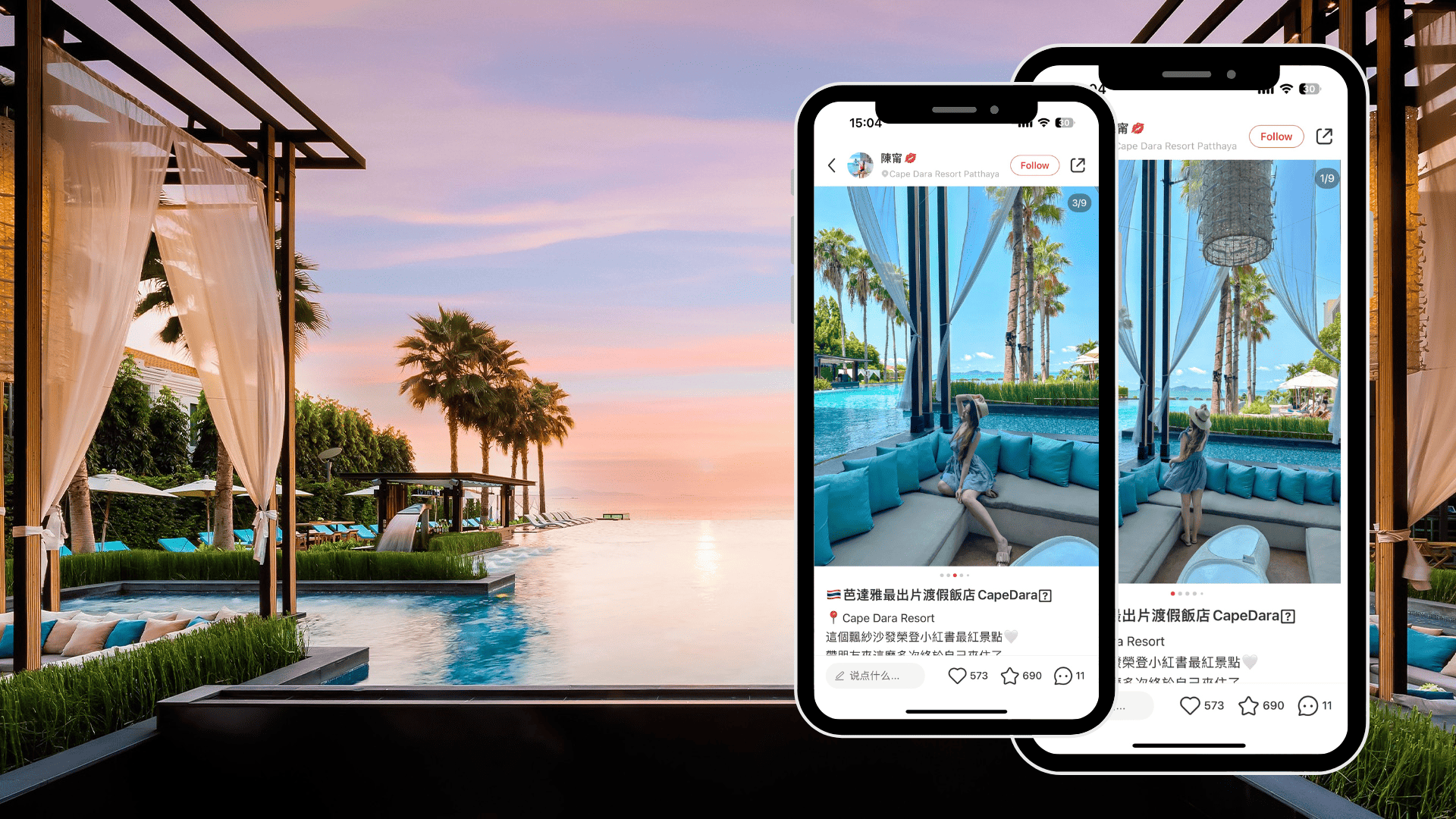
- Use Trendy Keywords: Stay updated with trending keywords and incorporate them into your content for better visibility. Avoid censored or forbidden words that could limit traffic.
- Engage with Influencers: Collaborate with influencers to expand your reach. It’s crucial to find the right influencers that align with your brand, as their content greatly influences user purchasing decisions.
- Create Quality Content Regularly: Post high-quality, in-depth content regularly to reinforce your brand positioning and influence purchase decisions. Engage users with diverse content formats like photos, videos, and articles.
- Interact Proactively with Users: Engage actively in discussions around your content. Responsiveness to comments and questions ensures credibility and can influence purchase decisions.
- Leverage Hashtags for Exposure: Use relevant hashtags to increase
To attract these many travelers, department stores Galeries Lafayette in Paris to New York at Bloomingdale will offer a variety of special offers. These stores will conduct marketing campaigns on WeChat, offer personal shoppers or translators to accompany the Chinese consumer. But first it is necessary to adapt products and merchandising to demands of Chinese.
The luxury tours
In addition, travel also affect the luxury sector and fashion in a second way. Travelers are now looking for an exceptional experience.
They do not want to travel the traditional way by visiting the tourist places but are looking for an upscale travel. This new way to travel is a form of social currency, a social-economic status indicator. Indeed, today a skiing trip to St Moritz or taste the best French wines have become equivalent to buy luxury goods such as Rolex or a Hermes Birkin bag.
This new trend of high-end trips taken by Chinese millionaires will give a headache to luxury brands. The rich Chinese want to expose their children to the privileges once reserved for a “white elite”, taking them to destinations of the upper middle class.
Ski is popular for weahy Chinese in 2024
Brands must therefore review their strategies if they want to take advantage of these new rich. Brands must be able to offer a wide range of products to its consumers.
Chinese consumers make many trips a year at different locations in the world. When buying goods abroad it is not only sad winter collections colorless but rather products that flashy with beautiful colors or beautiful swimsuits to go to Thailand during periods of Christmas.
But the trend of high-end travel takes over on the fashion industry. It is observed that the current trend is to neglect the Chinese luxury goods to luxury experiences. Chinese now prefer to swim with dolphins, hiking, visiting exclusive places then to share those pictures on social networks.
Therefore, what is the future of the luxury and fashion industry as more and more wealthy consumers are spending more in authentic experiences that luxury goods?
Luxury Brands and the Shopping experience !
Luxury brands must at all costs find a way to link their products to a feeling of authenticity, offering to customers a unique experience in their stores. Brands need to stand out by having to awaken the client’s curiosity.
Read more
Just think about Disneyland: they managed to relive their films in a transparent, authentic and profitable way. Theme parks are a real success, brands must fit on the same model by giving life to their products, giving consumers a impression of a tourist attraction not only on their websites but also in their stores.
For example, Niketown in New York is very visited because it was laid out efficiently and offers an unforgettable experience for fans of sportswear. Many luxury brands have tried to embark on the construction of luxury hotels (Armani, Versace, Bulgari) but it is not enough to attract consumers, they need to offer more exclusive services
For More Information :

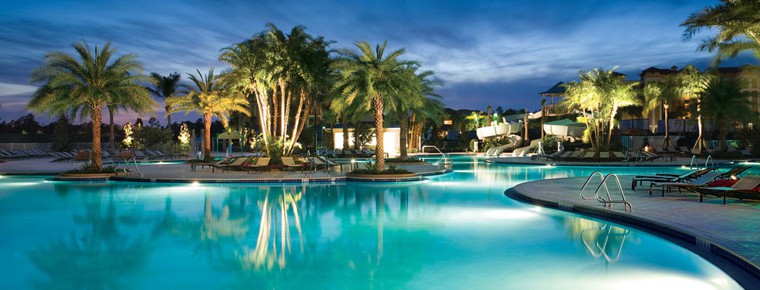

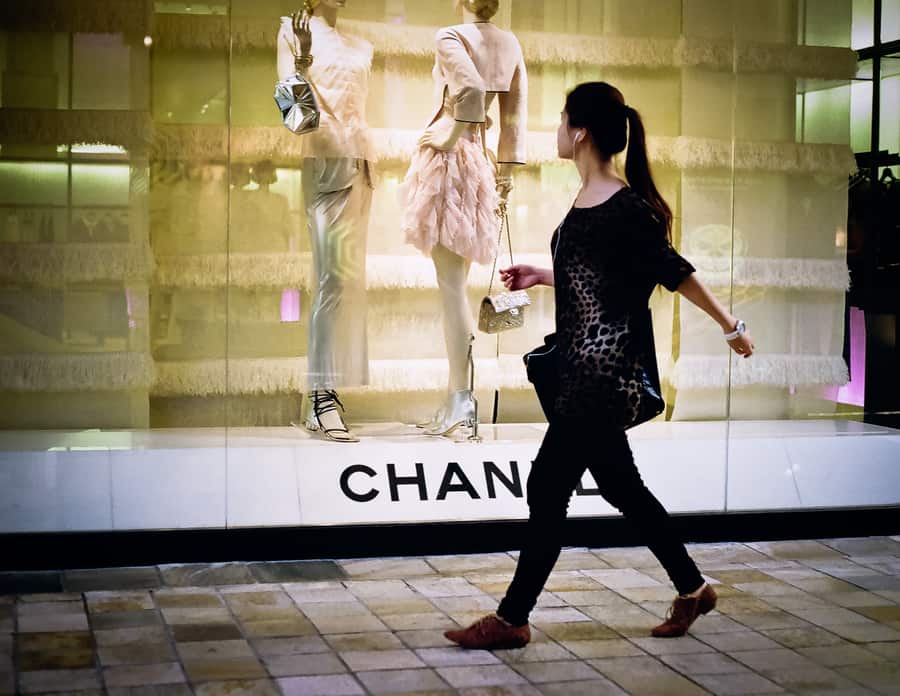
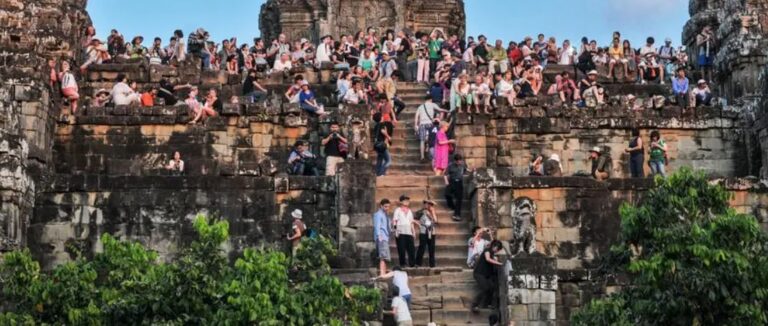

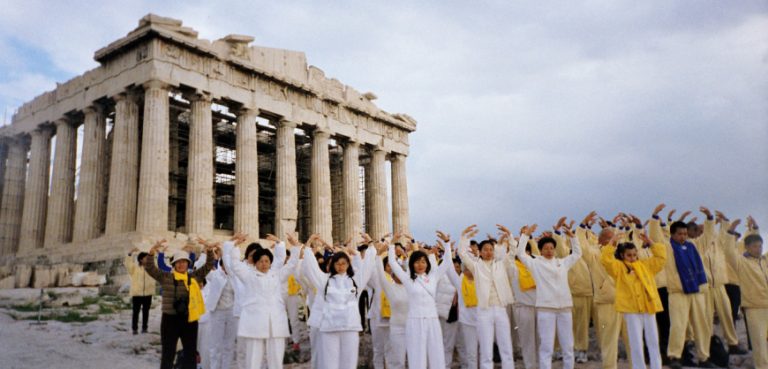
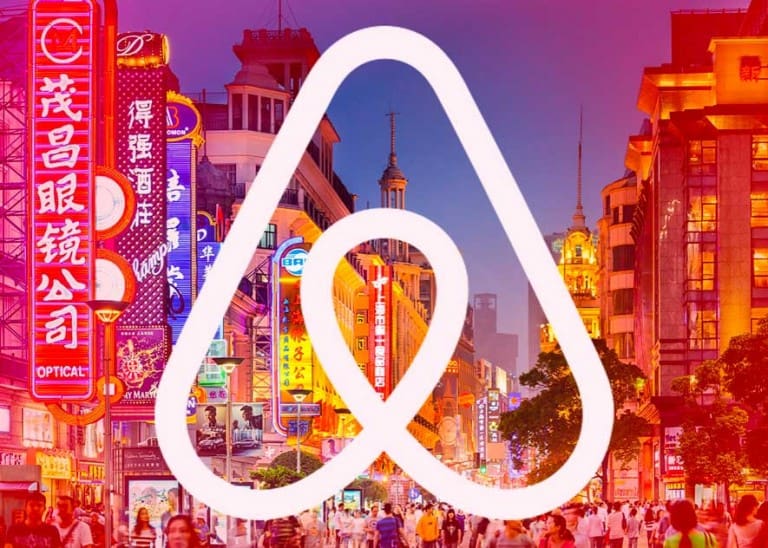

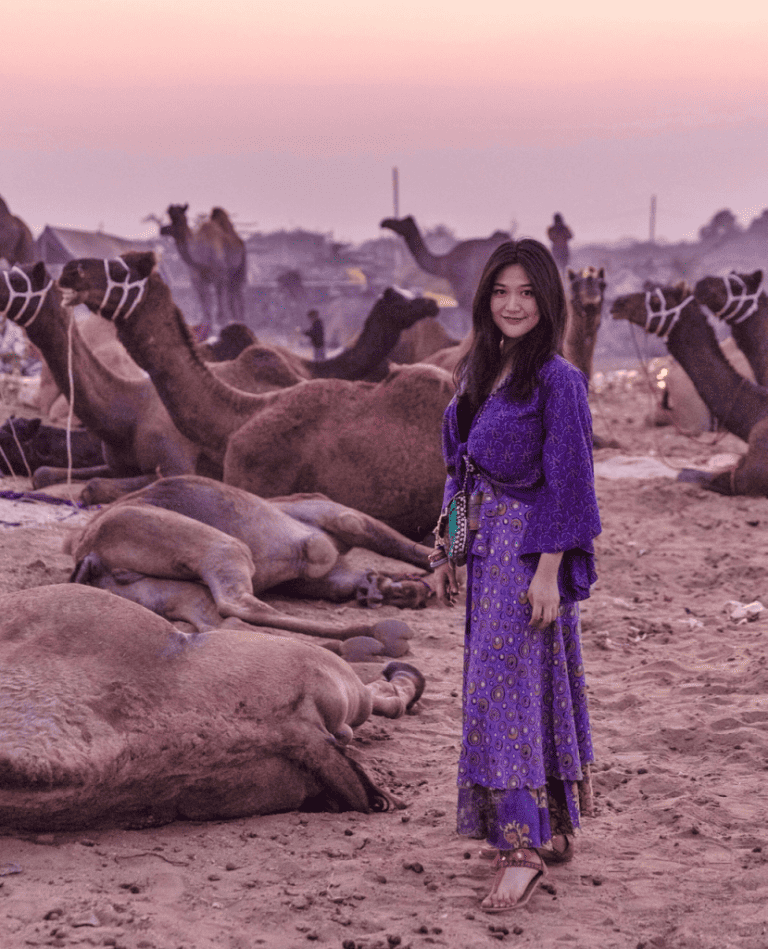
We want attract Chinese lusury tourist, that want to byuy luxury artifact products.
It is possible ?
What will be the minimum Cost ?